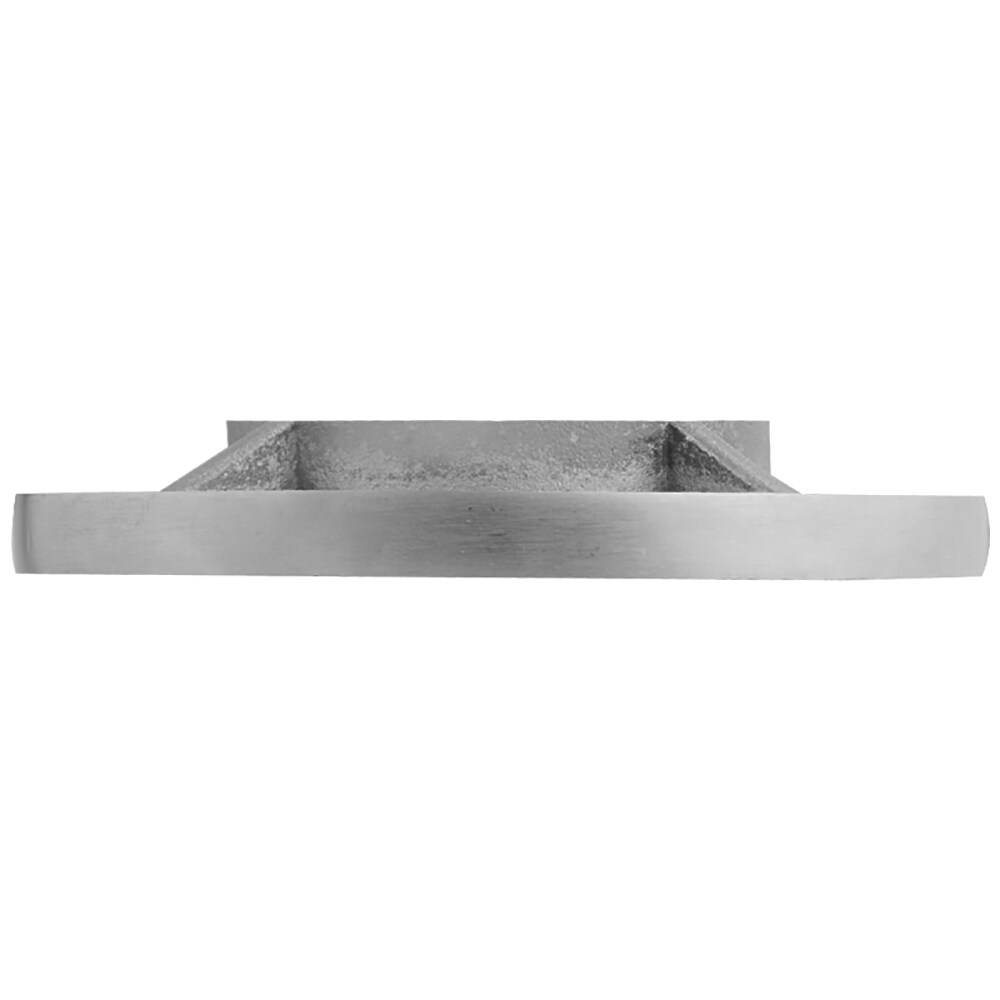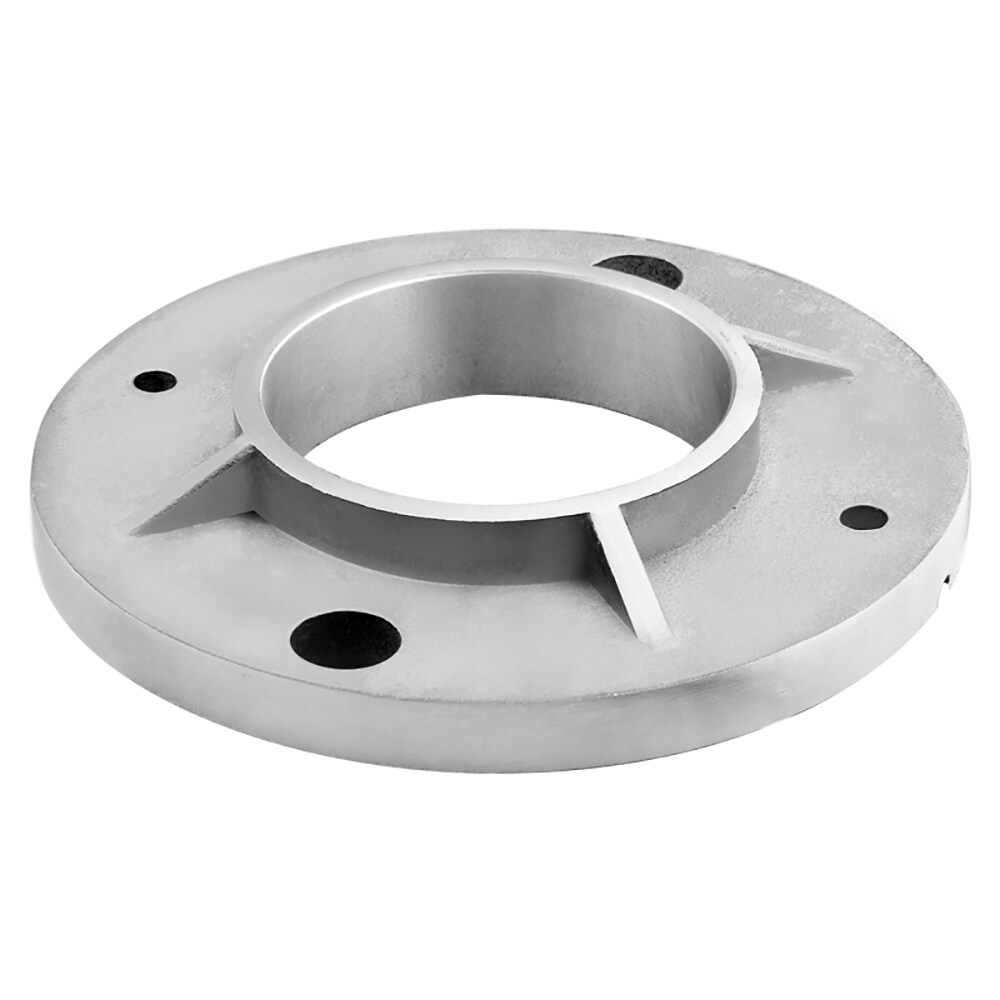Email format error
Email cannot be empty
Email already exists
6-20 characters(letters plus numbers only)
The password is inconsistent
Please enter the email address you’d like your password reset information sent to.
Email format error
Email cannot be empty
Email does not exist
Reset account password
For the account
6-20 characters(letters plus numbers only)
The password is inconsistent
Reset success
Your password was reset. You can log in using your new password.
Login

News

Designing Handrail Base Plates for Stainless Steel Railings
2025-01-13 15:00:16
Stainless steel railings are a popular choice for both indoor and outdoor applications due to their durability, aesthetic appeal, and low maintenance requirements. A critical component of these railings is the handrail base plate, which ensures the stability and safety of the entire system. In this guide, we will explore the design principles, materials, installation processes, and market trends related to handrail base plates for stainless steel railings.
The Importance of Handrail Base Plate Design
Handrail base plates serve as the foundation for any handrail system. They are responsible for distributing the load and ensuring that the handrail remains firmly attached to the floor, wall, or other surfaces. A well-designed handrail base plate can prevent accidents, enhance durability, and contribute to the overall aesthetic of a space.

Safety Considerations
Safety is the foremost concern in handrail base plate design. A poorly designed base plate can lead to instability, increasing the risk of falls and injuries. Ensuring that the base plate is appropriately sized, securely anchored, and made from robust materials is critical to maintaining the integrity of the handrail system.
Aesthetic Appeal
While functionality is paramount, the visual aspect should not be overlooked. A sleek, well-finished base plate can complement the handrail and the surrounding environment, adding to the overall aesthetic appeal. Designers often balance form and function to create visually pleasing and safe handrail systems.
Types of Handrail Base Plates
There are several types of handrail base plates, each suited to different applications and environments. Understanding the various options can help in selecting the right type for your specific needs.
Flat Base Plates
Flat base plates are the most common type, used in a variety of settings from residential to commercial. They are typically made from steel or aluminum and can be customized to fit specific handrail designs.
Flanged Base Plates
Flanged base plates provide additional stability by spreading the load over a larger area. They are often used in high-traffic areas or where the handrail is subject to heavy use.
Welded Base Plates
Welded base plates offer a seamless connection between the handrail and the base plate. This type is ideal for applications requiring a high level of strength and durability, such as in industrial settings.
Adjustable Base Plates
Adjustable base plates allow for flexibility in installation, making them suitable for uneven surfaces or areas where the exact positioning of the handrail may vary. These are often used in retrofit projects or areas with unique architectural features.
Materials Used in Handrail Base Plate Design
The choice of material for handrail base plates significantly impacts their durability, strength, and aesthetic appeal. Common materials include:
Steel
Steel is a popular choice for handrail base plates due to its strength and durability. It is suitable for both indoor and outdoor applications and can be treated to resist corrosion.
Aluminum
Aluminum is lightweight yet strong, making it ideal for environments where weight is a consideration. It is also resistant to corrosion, making it suitable for outdoor use.
Stainless Steel
Stainless steel offers superior corrosion resistance and strength, making it ideal for high-traffic areas and harsh environments. It also provides a sleek, modern look that is aesthetically pleasing.
Brass
Brass base plates are often used for decorative purposes due to their attractive appearance. They are less common in heavy-duty applications but can add a touch of elegance to residential or commercial spaces.
Installation of Handrail Base Plates
Proper installation is critical to the effectiveness of handrail base plate design. The following steps outline the general process for installing handrail base plates:
Step 1: Preparing the Surface
Before installation, ensure that the surface where the base plate will be mounted is clean, level, and structurally sound. Any debris or unevenness can compromise the stability of the handrail.
Step 2: Marking the Position
Accurately mark the position where the base plate will be installed. This ensures that the handrail is correctly aligned and provides optimal support.
Step 3: Drilling Holes
Drill holes into the marked positions, ensuring they are the correct size for the anchors or bolts being used. It is important to use the right tools and techniques to prevent damage to the surface.
Step 4: Anchoring the Base Plate
Secure the base plate using appropriate anchors or bolts. Ensure that they are tightened sufficiently to hold the base plate firmly in place without causing any damage.
Step 5: Attaching the Handrail
Once the base plate is securely anchored, attach the handrail according to the manufacturer's instructions. Check that the handrail is level and secure before completing the installation.
Best Practices for Handrail Base Plate Design
To ensure the longevity and safety of your handrail system, consider the following best practices:
Regular Inspections
Regularly inspect the handrail base plates for signs of wear, corrosion, or damage. Early detection of issues can prevent accidents and extend the life of the handrail system.
Use Quality Materials
Invest in high-quality materials for both the handrail and base plates. This not only ensures durability but also enhances the overall appearance and safety of the handrail system.
Follow Building Codes
Adhere to local building codes and standards when designing and installing handrail base plates. Compliance with regulations ensures safety and avoids potential legal issues.
Professional Installation
Consider hiring professionals for the installation of handrail base plates, especially in complex or high-risk environments. Professional installers have the expertise and tools to ensure a secure and compliant installation.
Customization for Specific Needs
Tailor the plate design to meet the specific needs of the environment in which it will be used. Customization can address unique challenges and enhance both functionality and aesthetics.
Innovative Trends in Handrail Base Plate Design
As technology and design trends evolve, so too do the approaches to handrail base plate design. Here are some innovative trends to consider:
Smart Materials
The use of smart materials that can adapt to environmental changes is becoming more common. These materials can enhance the durability and functionality of handrail base plates.
Sustainable Design
Sustainability is a growing concern in all areas of construction and design. Using recyclable materials and eco-friendly manufacturing processes can contribute to more sustainable handrail base plate design.
Modular Systems
Modular handrail systems that can be easily assembled and disassembled are gaining popularity. These systems offer flexibility and ease of installation, making them ideal for temporary or changing environments.
Aesthetic Customization
Advances in manufacturing technology allow for greater aesthetic customization of handrail base plates. Designers can create intricate patterns and finishes that enhance the visual appeal of handrails.
Conclusion
Handrail base plate design plays a crucial role in the safety, functionality, and aesthetics of handrail systems. By understanding the importance of proper design, selecting the right materials, and following best practices for installation, you can ensure that your handrails are secure, durable, and visually appealing. As trends and technologies evolve, staying informed about innovative approaches to handrail base plate design will help you create safer and more beautiful spaces. Whether you are working on a residential project, commercial building, or industrial facility, prioritizing the design and installation of handrail base plates is essential for success.
Contact us

